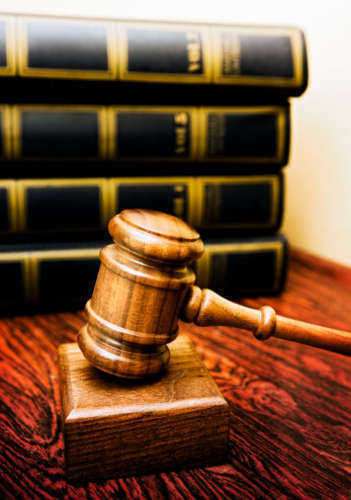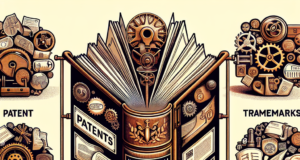
International Copyright Act of 1891
The International Copyright Act of 1891 was a revision to the Copyright Act of 1870. The Act stated any original work made by a creator and copyrighted such as a book, map, chart, dramatic or musical composition, engraving, cut, print, or photograph or negative thereof, or of a painting, drawing, chromo, statue, statuary and of models or designs intended to be perfected as works of the fine arts would be the sole property of that creator.
The creator of one of those copyrighted materials would hold the exclusive rights to own, sell, translate or reproduce any of those materials. Anyone that took a copyrighted work and tried to pass it off as their own or benefit financially off of the copyrighted work would be committing copyright infringement.
Copyright Owner
Once an owner of a work is established, they are the exclusive rights holder. If that creator dies, the International Copyright Act of 1891 states the rights to a work will be passed down to a creators widow or children.
The widow or children would have the same right to renew a copyrighted material for an additional 14 years just like the original creator would. Any family member now holding the exclusive rights to work has the right to, within 2 months of renewal, get their deceased family member’s work published in one or more newspapers for a span of 4 weeks.
Fees
Any creator wishing to submit a title or description of work for copyright must pay a fee of 50 cents. An additional 50 cents must be paid to actually receive the copyright seal on a creator’s work. This results in most creators paying a fee of $1 after having paid 50 cents for a record of their title and then 50 cents for the seal to appear on their work.
All additional copies of work submitted to the copyright office shall be done so after paying a $1 fee. All foreign authors must also pay a $1 fee. The money that goes toward paying fees is deposited into the United States Treasury. The Library of Congress can use money deposited to go toward future production costs.
Additional Works
Any creator wishing to submit additional volumes to a copyrighted work or additional text to a copyrighted work must request an additional copyright for the new work. Alteration to artwork and any other original copyrighted works also require an independent copyright. The new copyrights will have their own full term of copyright protection, separate from the original.
Protection
Anyone who intentionally creates duplicates of a copyrighted work is guilty of copyright infringement, according to copyright law in 1891. Those who pass off another individual’s copyrighted work as their own may be subject to civil action.
This can include using all or just a portion of another party’s words or images in their own separate work. Any sales made illegally by stealing a copyrighted work may be seized. Half of the illegal profit is to go to the original creator and the other half shall go to the United States Government























